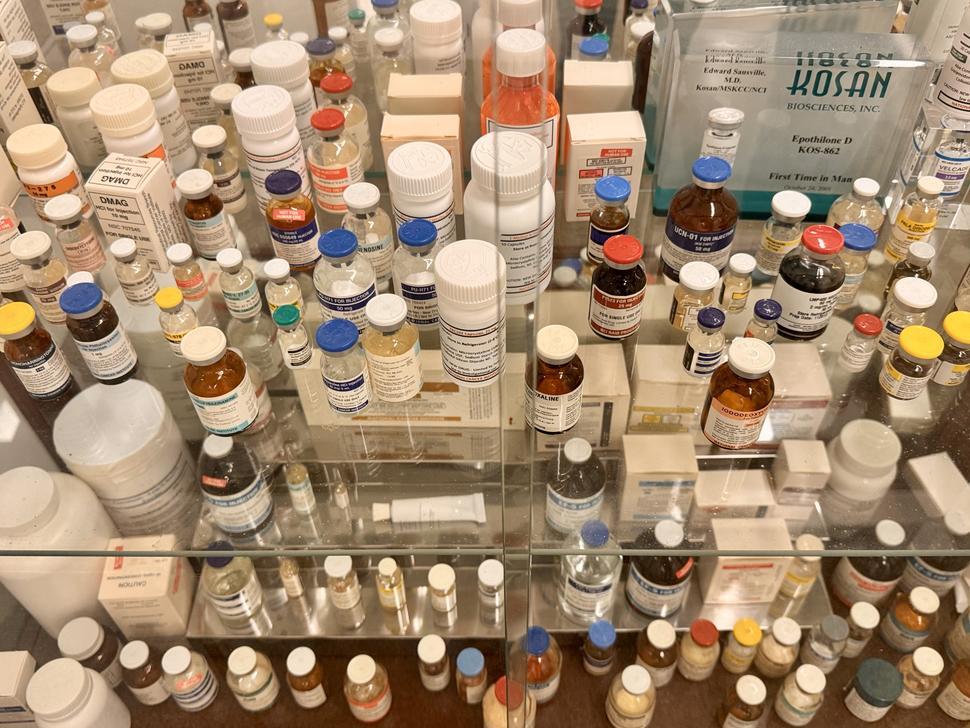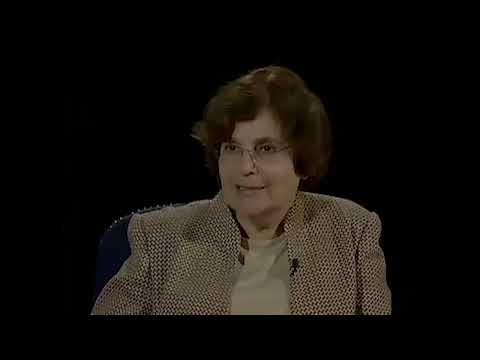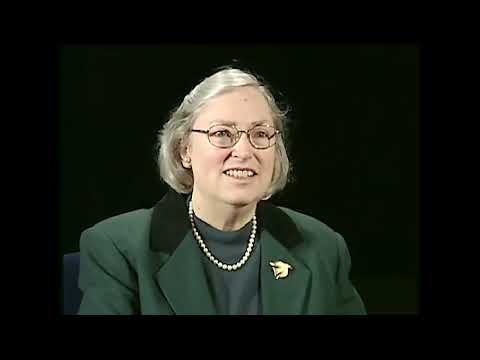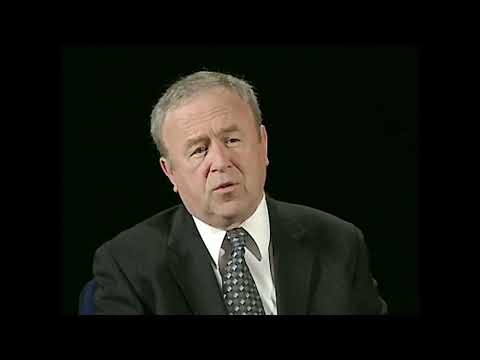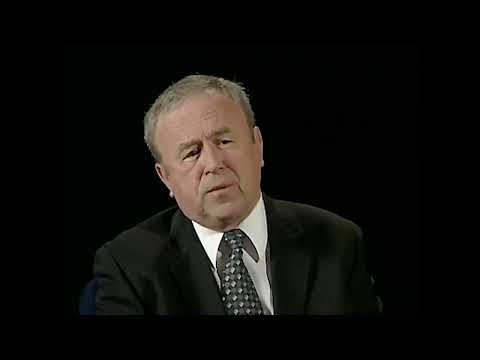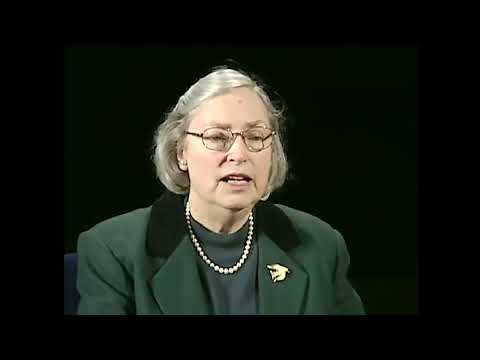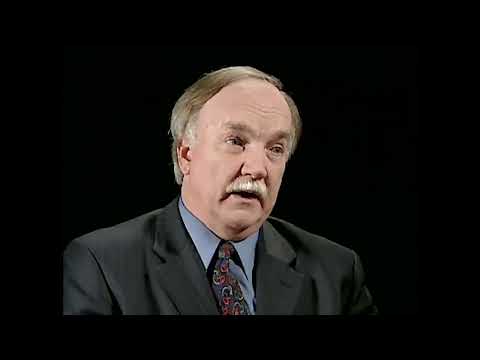Timeline
Prior to 1950
Before the 1950s, cancer treatment primarily involved surgery and radiation. The use of alkylating agents like mechlorethamine and busulfan for cancer treatment began after World War II, inspired by the effects of mustard gas exposure on seamen. These agents, including cyclophosphamide, remain crucial in treating various cancers, such as lymphomas and leukemias, due to their versatility and effectiveness.
1955 Mouse L1210 Leukemia Model
Early preclinical strategies for anticancer agents involved testing in mice with transplantable leukemias and solid tumors. The L1210 murine leukemia model was particularly successful from 1955 to 1975, leading to FDA approval of 21 small molecules, mostly for leukemias and lymphomas. However, differences between mouse and human tumors limited the model’s effectiveness in predicting treatments for solid tumors.
1955 Creation of the Cancer Chemotherapy National Center Service Center (CCNSC)
In 1955, Congress established the Cancer Chemotherapy National Service Center (CCNSC) with $5 million in funding, primarily for cancer research grants and compound testing. By the late 1950s, after screening around 11,000 compounds, the CCNSC was recognized for encouraging new screening methods. In 1963, the CCNSC integrated with intramural laboratories to form interdisciplinary teams, and in 1976, it became part of the NCI’s Developmental Therapeutics Program (DTP). Following a 1995–1996 review, DTP shifted focus to support extramural discovery efforts and now operates with a significantly larger budget and staff.
1957 Chlorambucil (NSC 3088) FDA-approved
1959 Cyclophosphamide (NSC 26271) FDA-approved
1959 Thiotepa (NSC 6396) FDA-approved
1961 Vinblastine (NSC 49842) FDA-approved
1962 Uracil Mustard (NSC 34462) FDA-approved
1962 Fluorouracil (NSC 19893) FDA-approved
1963 Vincristine (NSC 67574) FDA-approved
1964 Melphalan (NSC 8806) FDA-approved
1964 Actinomycin D (NSC 3053) FDA-approved
1966 Pipobroman (NSC 25154) FDA-approved
1966 Thioguanine (NSC 752) FDA-approved
1967 Hydroxyurea (NSC 32065) FDA-approved
1967 Chemical Abstracts Service (CAS)
Between 1955 and 1967, over 114,000 synthetic and natural products were acquired and tested, tracked by National Service Center (NSC) numbers, with detailed records maintained on paper chemistry cards. In 1967, the Chemical Abstracts Service (CAS) was awarded a contract to computerize the chemical records, eliminating the need to update the chemistry cards.
1969 Taxol® (NSC 125973) Received
Researchers from the USDA first collected samples of the Pacific yew’s bark in 1962 to find natural cancer cures. By 1964, Dr. Monroe E. Wall and Dr. Mansukh Wani discovered cytotoxic activity in the bark extracts, leading to further collection and analysis. After several years, they isolated paclitaxel (Taxol®), which the NCI tested for its biological action.
1969 Cytarabine (Ara-C) (NSC 63878) FDA-approved
1969 Procarbazine (NSC 77213) FDA-approved
1970 Floxuridine (FUDR, NSC 27640) FDA-approved
1970 Mithramycin (NSC 24559) FDA-approved
1970 Mitotane (o-p’-DDD) (NSC 38721) FDA-approved
1971 National Cancer Act
In response to the public’s demand for a cancer cure, President Nixon requested additional funding in his 1971 State of the Union address and emphasized a national commitment to conquer cancer. By October 1971, Fort Detrick was transformed into a cancer research center, and on December 23, 1971, Nixon signed the National Cancer Act into law, marking a significant step in the "War on Cancer". This act granted the National Cancer Institute unique autonomy and increased efforts to acquire and test new compounds.
1973 Bleomycin (NSC 125066) FDA-approved
1974 Doxorubicin (Adriamycin, NSC 123127) FDA-approved
1974 Mitomycin C (NSC 26980) FDA-approved
1975 Dacarbazine (NSC 45388) FDA-approved
1976 1-(2-Chloroethyl)-3-cyclohexyl-1-nitrosurea (CCNU, NSC 9037) FDA-approved
1976 Tumor panel experiment
The Developmental Therapeutics Program (DTP) initiated the tumor panel experiment to study the effectiveness of chemotherapeutic agents in animal and human tumor models. By 1982, over 2,000 compounds were tested, revealing the P388 murine model’s value in primary screening and the importance of human tumor xenografts for identifying new agents. In 1984, the concept of an in vitro primary screen using human tumor cell lines was introduced, leading to a more predictive screening method for human solid tumors by 1985.
1977 Taxol® (NSC 125973) pre-clinical development
Paclitaxel (Taxol®) was identified as a promising candidate for clinical development after showing antitumor activity in various animal models. Dr. Susan Horwitz, funded by the NCI, discovered that Taxol stabilizes microtubules, thereby inhibiting cell division. Despite initial challenges in harvesting and synthesizing the drug, large-scale production was eventually achieved, enabling its use in clinical trials for treating cancers like mammary and ovarian tumors.
1977 Carmustine (BCNU, NSC 409962) FDA-approved
1978 Cisplatin (cis-platinum, NSC 119875) FDA-approved
1978 Biological Response Modifiers Program
The Biological Response Modifiers Program (BRMP) was established in 1978 and later merged with the Developmental Therapeutics Program (DTP) in 1995, with the Biological Resources Branch (BRB) now overseeing biologic projects. The BRB supports preclinical and early clinical studies of BRMs, manages grants and contracts, and oversees the Biopharmaceutical Development Program, a facility for producing clinical-grade biological agents.
1979 Daunorubicin (NSC 82151) FDA-approved
1979 Tamoxifen (NSC 180973) FDA-approved
1980 Hodes model for ranking small molecule structures
In 1981, Louis Hodes developed a clustering model for DTP’s repository that measures the novelty of chemical structures by comparing them to known compounds. This model, which uses a nonhierarchical, single-pass method and an asymmetric coefficient for similarity, helped identify novel compounds and representative samples from a database of over 350,000 structures.
1982 Streptozotocin (NSC 85998) FDA-approved
1983 Etoposide (NSC 141540) FDA-approved
1983 National Cooperative Drug Discovery Group (NCDDG) Program
The National Cooperative Drug Discovery Group (NCDDG) Program partners NCI-funded academic researchers with private-sector organizations via cooperative agreements (U19s) to discover new anticancer treatments. This program, which supports 13 multidisciplinary groups, has led to the development of several promising anticancer agents and encourages timely clinical evaluation of these discoveries.
1984 Taxol® (NSC 125973) Phase I clinical trial
NCI began phase I clinical trials of Taxol against several cancer types.
1985 Drug Information System (DIS)
From 1955 to 1985, compound structures submitted to the Developmental Therapeutics Program (DTP) were hand-drawn and later transferred to a computerized database by the Chemical Abstracts Service (CAS). In 1985, the Drug Information System (DIS) was developed, allowing for electronic storage and interactive searches of structural, inventory, and shipping information. By 2005, the system was updated to an ORACLE-based platform called OMNIS, which handled a broader range of data and improved user experience.
1987 Mitoxantrone (NSC 301739) FDA-approved
1988 Ifosfamide (NSC 109724) FDA-approved
1989 Carboplatin (NSC 241240) FDA-approved
1989 COMPARE
Dr. Kenneth D. Paull developed the COMPARE algorithm to enhance the discovery of anticancer agents. This algorithm ranks compounds based on the similarity of their response patterns to a seed compound, quantified by a Pearson correlation coefficient. While the hypothesis was that the screen could discover cell-type specific agents with clinical activity, the correlation between in vitro histology and clinical activity remained poor, though cellular sensitivity and resistance patterns correlated with molecular target expression.
1990 Hexamethylmelamine (NSC 13875) FDA-approved
1990 Idarubicin (NSC 256439) FDA-approved
1990 Levamisole (NSC 177023) FDA-approved
1990 NCI-60 Human Tumor Cells Screen
In 1990, DTP launched a free compound screening service based on an assay using 60 human tumor cell lines. The assay generates reproducible profiles of cellular responses, which the COMPARE algorithm analyzes to identify compounds with similar patterns of cellular sensitivity and resistance.
1990 Cetuximab (Erbitux®, NSC 632307)
DTP started to work on Erbitux (cetuximab), a chimeric monoclonal antibody targeting the epidermal growth factor receptor (EGFR). After initial FDA approval issues, it was approved in 2004 for metastatic colorectal cancer.
1991 Fludarabine phosphate (NSC 312887) FDA-approved
1991 Pentostatin (NSC 218321) FDA-approved
1991-Fludarabin (NSC)
Fludarabine, initially discovered by John Montgomery as a purine analog, had potent immune suppressive properties and serious toxicity in early trials. After adjusting the dosage, it proved effective in treating lymphomas and chronic lymphocytic leukemia, leading to its development by Burlex with modest sales.
1992 2-Chlorodeoxyadenosine (NSC 105014) FDA-approved
1992 Paclitaxel (Taxol, NSC 125973) FDA-approved
1992 Teniposide (NSC 122819) FDA-approved
1992 Geldanamycin (NSC 122750)
Heat shock protein 90 (Hsp90) plays a critical role in promoting tumor cell survival, and geldanamycin, which induces the degradation of Hsp90-induced signaling proteins, showed preclinical efficacy but was unsuitable for clinical use due to toxicity and instability.
1994 Navelbine (NSC 608210) FDA-approved
The DTP website publicly makes drug discovery data and results from its human tumor cell line assays. Initially, it offered in vitro data for thousands of compounds. Today, the site provides extensive databases, including results for over 200,000 compounds, molecular target data, and downloadable in vitro and in vivo data. This allows researchers to access and request compounds for screening and track their progress.
1994 Flavopiridol (NSC 649890)
Flavopiridol, a semisynthetic flavonoid derived from Dysoxylum binectariferum, was identified in 1992 as the first cyclin-dependent kinase (CDK) inhibitor to be tested in clinical trials, demonstrating potent anti-cancer effects by inhibiting CDKs 1, 2, and 4. Preclinical studies showed its ability to induce programmed cell death, promote differentiation, inhibit angiogenesis, and modulate transcription, leading to clinical trials beginning in 1994. Early human trials demonstrated its efficacy in treating various cancers, including non-Hodgkin lymphoma and carcinomas, with manageable side effects, suggesting it could stimulate further development of CDK inhibitors for cancer therapy.
1994 Hollow fiber assay adopted as a prerequisite for xenograft studies
The hollow fiber assay, developed by Dr. Melinda Hollingshead in 1995, provides a quick and cost-effective method for evaluating in vivo drug efficacy by assessing drug activity in tumor cells grown inside biocompatible fibers. This assay has become a crucial tool in identifying promising anticancer agents, such as Velcade and 17-AAG, by allowing rapid screening of multiple compounds with minimal material and time compared to traditional xenograft models.
1995 All-trans-retinoic acid (NSC 122758) FDA-approved
1995 Porfimer Na (NSC 603062) FDA-approved
1996 Gemcitabine (NSC 613327) FDA-approved
1996 Irinotecan (NSC 616348) FDA-approved
1996 Taxotere (NSC 628503) FDA-approved
1996 Topotecan (NSC 609699)
The anticancer properties of Camptotheca were first discovered in 1958, leading to the isolation of camptothecin, an active compound, by Dr. Monroe Wall and Dr. Mansukh Wani in the 1960s. Although initial trials in the 1970s faced challenges due to poor solubility and toxicity, the development of topotecan, a water-soluble analog, in the 1980s by NCI and collaborators paved the way for its FDA approval in 1996 for ovarian and small-cell lung cancer. Further advancements included the development of a liposomal camptothecin formulation, supported by NCI’s RAID program, which enhanced cytotoxicity, stability, and clinical potential, ultimately licensed to Novartis.&
1996 Carmustine (BCNU, NSC 409962)
Carmustine (BCNU) was developed in 1962 and showed superior activity in animal models, leading to its clinical development for treating central nervous system leukemia, with its primary side effects affecting bone marrow and other organs. In 1996, a new form called Gliadel Wafer (NSC 714372)), which delivers BCNU directly to the tumor site via a biodegradable polymer, was approved to extend survival in patients with recurrent glioblastoma multiforme undergoing surgery.
1998 Rapid Access to Intervention Development (RAID) Program
Until 1998, cancer researchers needed NCI approval and commitment to NCI-sponsored trials to access DTP drug development resources. In response to a 1998 review, the NCI launched the Rapid Access to Intervention Development (RAID) Program, allowing academic investigators to conduct their own clinical trials with DTP support. The program has since approved 104 projects, with 13 small molecule and 11 biologic agent projects advancing to clinical trials.
1998 Herceptin (NSC 688097) FDA-approved
1998 Denileukin diftitox (NSC 697979) FDA-approved
1998 Ontak (NSC 697979) FDA-approved
Ontak, a fusion protein combining interleukin-2 (IL-2) with diphtheria toxin's inhibitory function, targets leukemia cells overexpressing the IL-2 receptor. Ontak was approved by the FDA in 1998 for cutaneous T-cell lymphoma.
1998 Mouse Models of Human Cancers Consortium (MMHCC)
Until recently, cancer research relied on basic models like tumor growth and animal lifespan, with limited tools to measure therapeutic effects or targets. The Mouse Models of Human Cancers Consortium (MMHCC), established in 1998, provides a comprehensive collection of genetically engineered mouse models, enabling more predictive studies for cancer drug discovery and development.
1999 CD22-directed immunotoxins
Dr. Ira Pastan's lab at NCI engineered Pseudomonas exotoxin A (PE) to selectively target and kill cancer cells by replacing its binding domain with an antibody fragment or growth factor. In 1996, the BL22 immunotoxin, targeting the CD22 antigen on B-cell malignancies, showed promising efficacy in mice, achieving complete remissions. Clinical trials of BL22, starting in 1999, demonstrated a 92% response rate in patients with drug-resistant hairy cell leukemia, advancing the drug to phase II trials.
1999 17-AAG (NSC 330507)
17-allylamino demethoxygeldanamycin (17-AAG), a geldanamycin analog, shows similar biologic effects to geldanamycin but with a better toxicity profile in phase I/II trials. 17-DMAG, another analog, is being studied for treating solid tumors and lymphomas, with improved bioavailability and tissue distribution compared to 17-AAG.
2000 Arsenic Trioxide (NSC 706363) FDA-approved
2000 Celebrex (NSC 719627) FDA-approved
2001 Gleevec (NSC 716051) FDA-approved
2001-Rapid Access to NCI Discovery (RAND) Program
the NCI launched the Rapid Access to NCI Discovery (RAND) Program, allowing academic investigators to access the discovery and early preclinical development contract resources of the Developmental Therapeutics Program.
2003 Velcade (NSC 681239) FDA-approved
Velcade (NSC 681239), a first-in-class proteasome inhibitor, was discovered in 1995 and showed high potency in DTP's screening, leading to its selection for clinical development in 1997. Despite its narrow therapeutic index, Velcade's efficacy was monitored through an ex vivo assay measuring 20S proteasome inhibition, guiding its clinical dosing. Following promising results in treating multiple myeloma, Velcade was approved in 2003.
2003 Bortezomib (NSC 681239) FDA-approved
2004 Clolar (NSC 606869) FDA-approved
2004 Cetuximab (Erbitux®, NSC 632307) FDA-approved
Cetuximab (Erbitux), was the first recombinant chimeric monoclonal antibody approved to treat advanced metastatic colorectal cancer.
2005 Aminoflavone Prodrug (NSC710464) FDA-approved
2009 Pralatrexate (NSC 713204) FDA-approved
2009 Romidepsin (NSC 630176) FDA-approved
2010 Sipuleucel-T (NSC 720270) FDA-approved
2010 Eribulin (NSC 707389) FDA-approved
2012 Omacetaxine (homoharringtonine®, NSC 141633) FDA-approved
2015 Dinutuximab (Unituxin®, NSC 764038) FDA-approved
2018 Moxetumomab pasudotox-tdfk FDA-approved
FDA Approved Anticancer Treatments Developed with DTP Involvement
| Year | Treatment(s) |
|---|---|
| 2018 | moxetumomab pasudotox-tdfk (Lumoxiti®) |
| 2015 | 2015 dinutuximab (Unituxin®, NSC 764038) |
| 2012 | omacetaxine/homoharringtonine (Synribo®, NSC 141633) |
| 2010 | Eribulin (NSC 707389) Sipuleucel-T (NSC 720270) |
| 2009 | Romidepsin (NSC 630176) Pralatrexate (NSC 713204) |
| 2005 | Aminoflavone Prodrug (NSC710464) |
| 2004 | Cetuximab (NSC 632307) |
| 2003 | Bortezomib (NSC 681239) |
| 1998 | Denileukin diftitox (NSC 697979) |
| 1996 | Carmustine (BCNU, NSC 409962) Gemcitabine (NSC 613327) Irinotecan (NSC 616348) Taxotere (NSC 628503) Topotecan (NSC 609699) |
| 1995 | All-trans retinoic acid (NSC 122758) Porfimer Na (NSC 603062) |
| 1994 | Flavopiridol (NSC 649890) Navelbine (NSC 608210) |
| 1992 | 2-Chlorodeoxyadenosine (NSC 105014) Paclitaxel (NSC 125973) Teniposide (NSC 122819) |
| 1991 | Fludarabine phosphate (NSC 312887) Pentostatin (NSC 218321) |
| 1990 | Hexamethylmelamine (NSC 13875) Idarubicin (NSC 256439) Levamisole (NSC 177023) |
| 1989 | Carboplatin (NSC 241240) |
| 1988 | Ifosfamide (NSC 109724) |
| 1987 | Mitoxantrone (NSC 301739) |
| 1983 | Etoposide (NSC 141540) |
| 1982 | Streptozotocin (NSC 85998) |
| 1979 | Daunorubicin (NSC 82151) |
| 1978 | Cisplatin (cis-platinum) (NSC 119875) |
| 1977 | Carmustine (BCNU) (NSC 409962) |
| 1976 | 1-(2-Chloroethyl)-3-cyclohexyl-1-nitrosurea (CCNU) (NSC 9037) |
| 1975 | Dacarbazine (NSC 45388) |
| 1974 | Doxorubicin (NSC 123127) Mitomycin C (NSC 26980) |
| 1973 | Bleomycin (NSC 125066) |
| 1970 | Floxuridine (FUDR) (NSC 27640) Mithramycin (NSC 24559) Mitotane (o-p’-DDD) (NSC 38721) |
| 1969 | Cytarabine (Ara-C) (NSC 63878) Procarbazine (NSC 77213) |
| 1967 | Hydroxyurea (NSC 32065) |
| 1966 | Pipobroman (NSC 25154) Thioguanine (NSC 752) |
| 1964 | Melphalan (NSC 8806) Actinomycin D (NSC 3053) |
| 1963 | Vincristine (NSC 67574) |
| 1962 | Fluorouracil (NSC 19893) Uracil Mustard (NSC 34462) |
| 1961 | Vinblastine (NSC 49842) |
| 1959 | Cyclophosphamide (NSC 26271) Thiotepa (NSC 6396) |
| 1957 | Chlorambucil (NSC 3088) |
